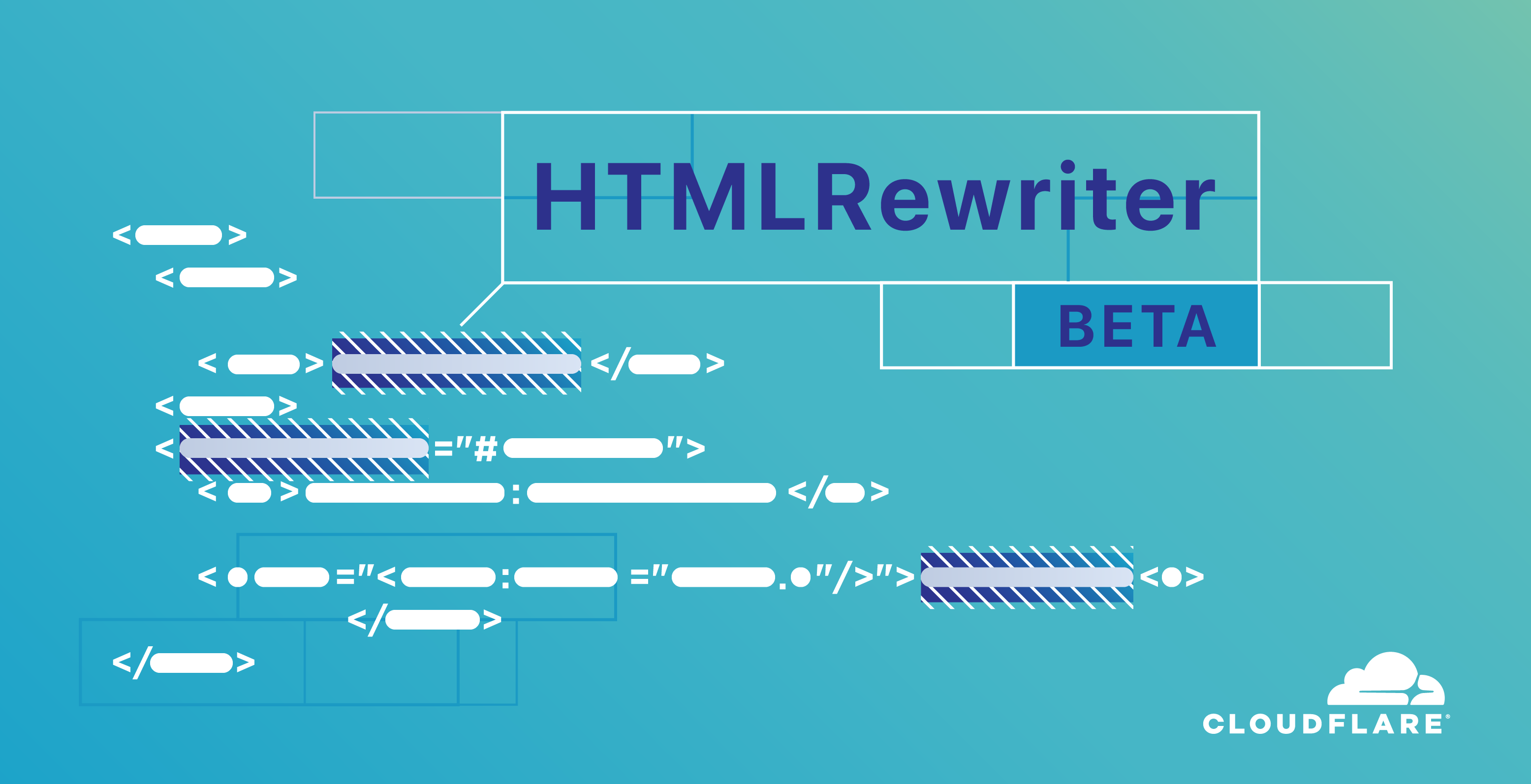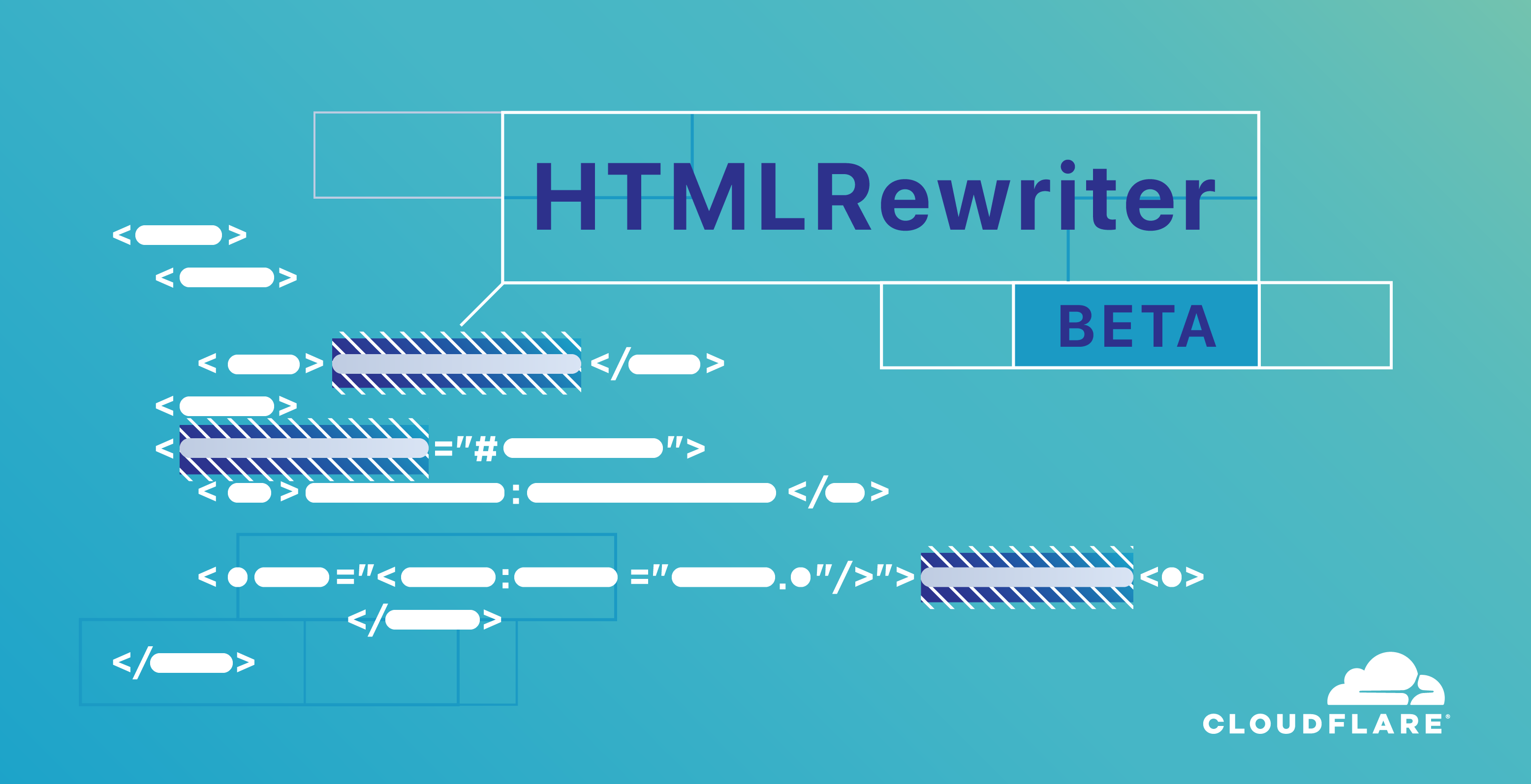Changing Cisco IOS BGP Policies Based on IP SLA Measurements
This is a guest blog post by Philippe Jounin, Senior Network Architect at Orange Business Services.
You could use track objects in Cisco IOS to track route reachability or metric, the status of an interface, or IP SLA compliance for a long time. Initially you could use them to implement reliable static routing (or even shut down a BGP session) or trigger EEM scripts. With a bit more work (and a few more EEM scripts) you could use object tracking to create time-dependent static routes.
Cisco IOS 15 has introduced Enhanced Object Tracking that allows first-hop router protocols like VRRP or HSRP to use tracking state to modify their behavior.
Read more ...





